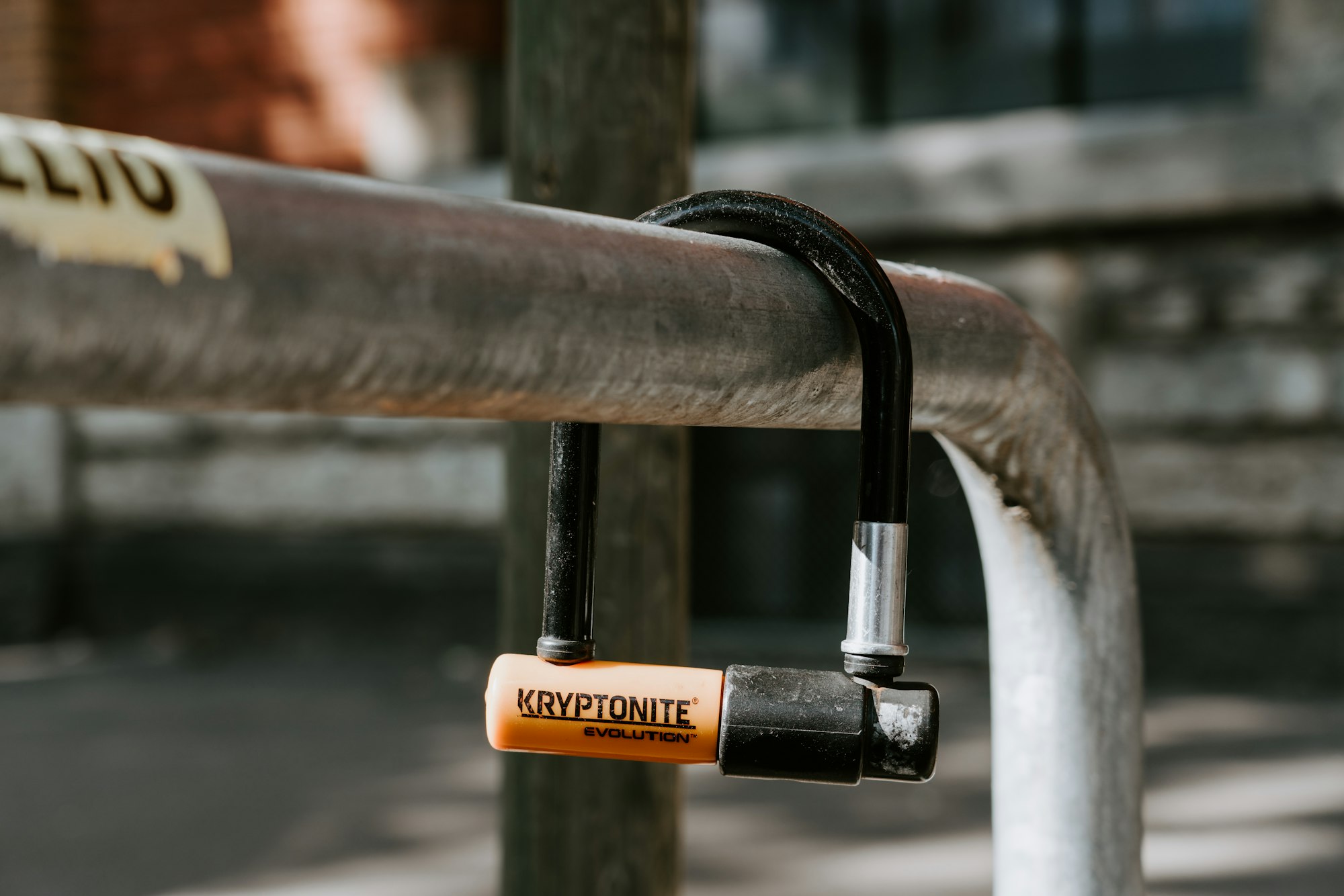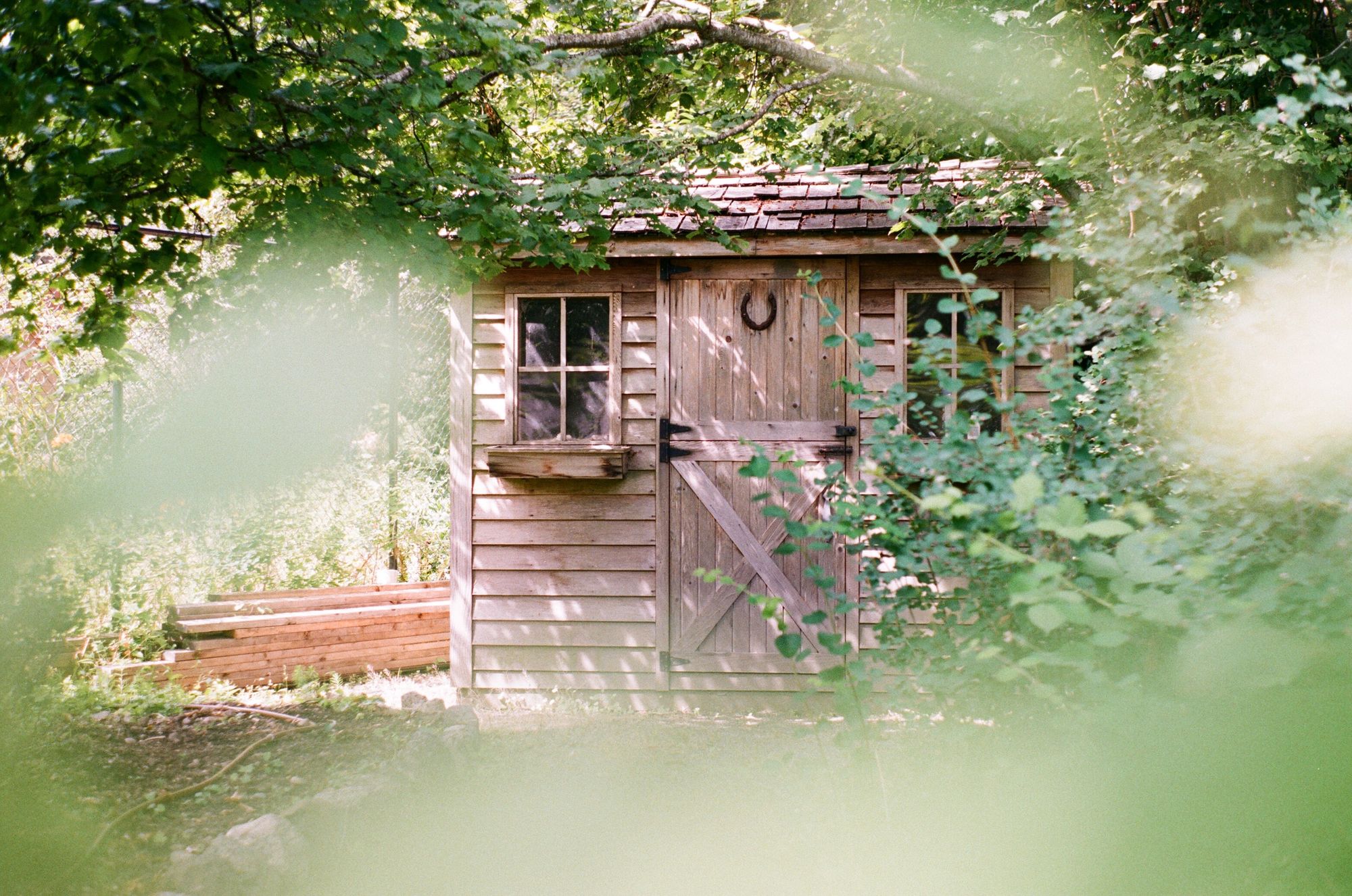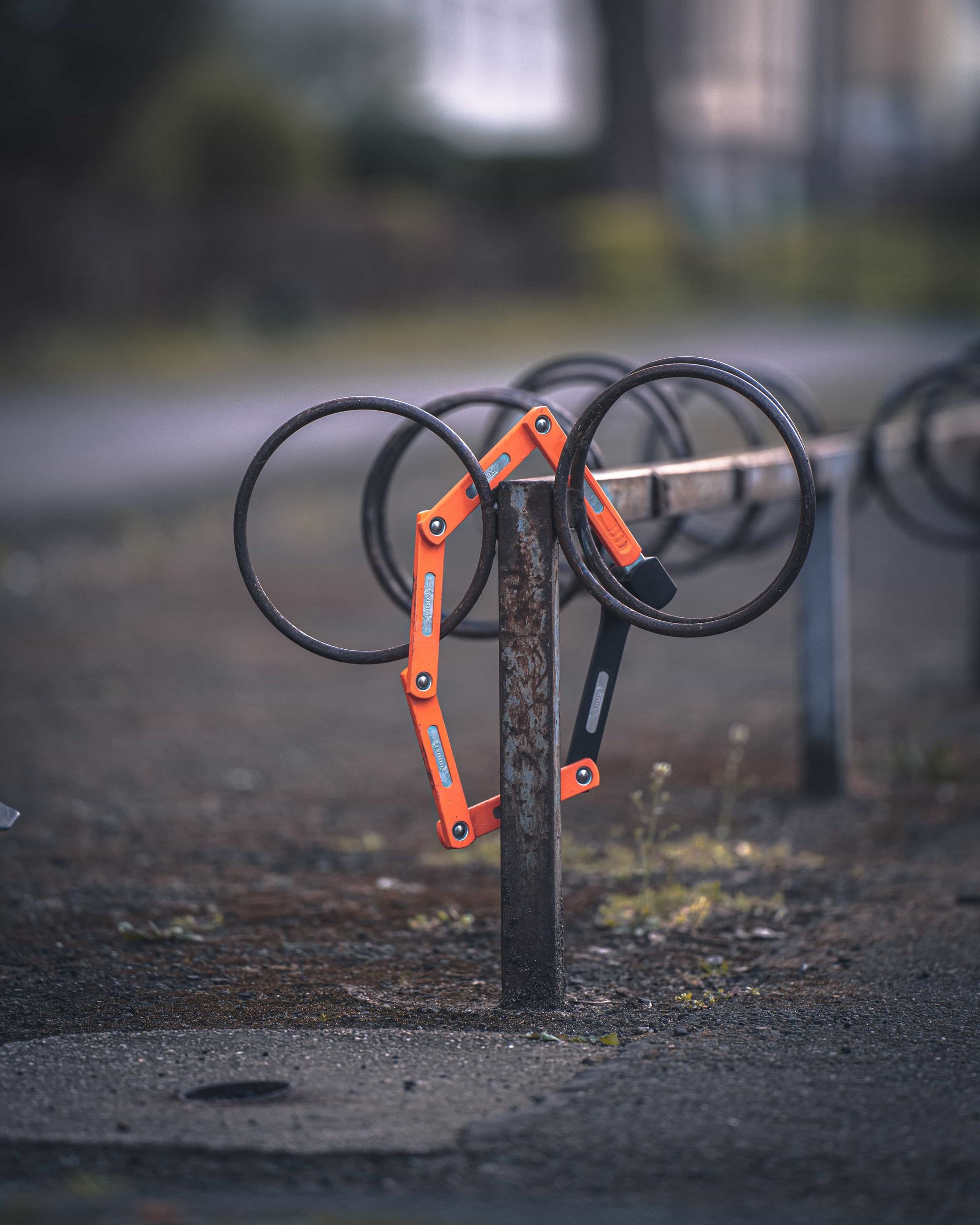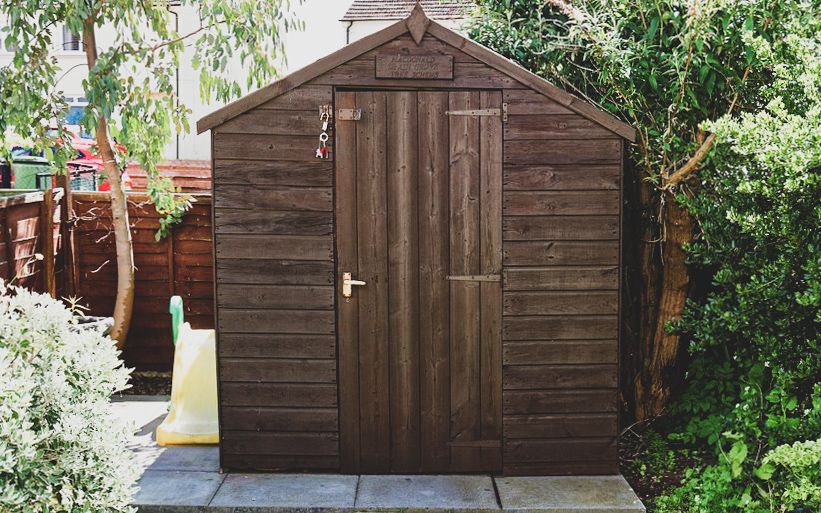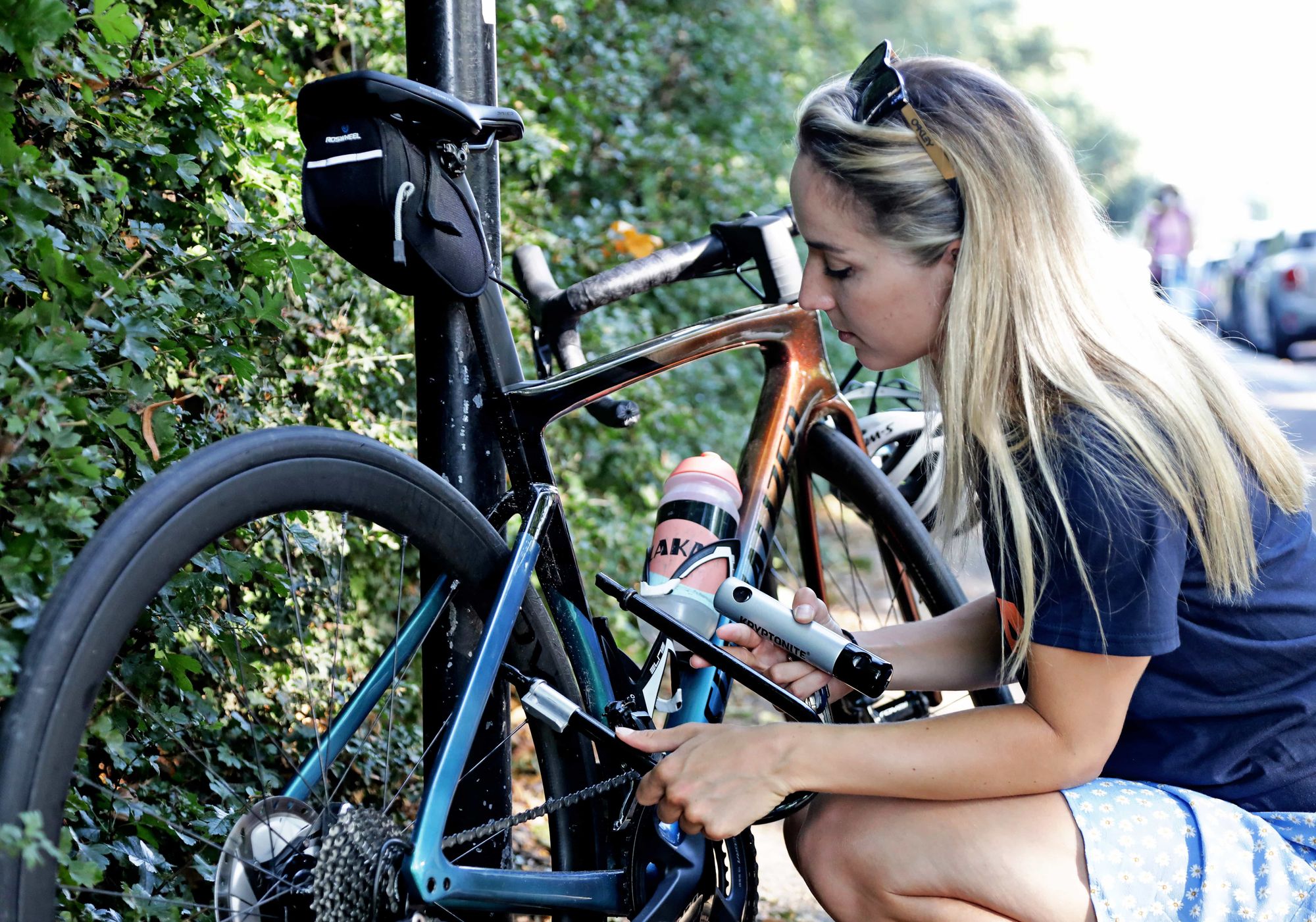So, using our knowledge on bike theft and bicycle insurance, we're sharing our expertise on the best way to lock a bicycle.
What bike lock should I use?
There are tons of bike locks on the market. It's difficult to know where to start. From thin wire cable locks to heavy-duty motorcycle-style chain locks, the general rule is: the more expensive the bike lock, the more bike security you will benefit from.
If you're in search of the best bike locks, our comprehensive guide reviews various models to help you choose one that suits your needs.
Compact locks
Smaller, compact locks, also known as cafe locks, are a popular choice amongst road cyclists. They give you quick peace of mind if you're popping into a shop or a cafe. But they're not going to stop an opportunist bike thief with some pliers.
Cable locks
Another popular choice is the cable lock. They come with either a padlock or a code, and are usually light and easy to carry. If you're looking for top security though, this is not it. In fact, you won't get much more protection than a cafe lock. The plastic shell makes it easy to cut without much force.
D-lock
Next up is the trusty D-lock (or U-lock, whichever you prefer). They come in all shapes and sizes. You can find D-locks with tech, locks that can be mounted to the bike, and big D-locks designed for larger frames.
However smaller D-locks are often more secure, because they have less space to pry open. For a top D-lock check out our specialist lock page with deals on Sold Secure Gold bike locks from around the web.
Chain locks
A chain lock is also an option and they can be as strong as a D-lock. Whether you choose a chain lock or a D-lock is personal preference. Chain locks tend to come a little heavier, making them ideal for using at home. However some, like the Hiplok Gold, are designed with wearability in mind.
Frame or wheel-locks
With e-bikes and city bikes soaring in popularity in the UK, the frame or wheel-lock is also becoming popular. Lot's of bikes are now being fitted with a lock for the rear wheel. Just make sure you select bike lock brands known for their durability and security levels, such as those with a Sold secure rating.
The mechanism prevents your wheel from turning and therefore stops anyone from riding away on the bike. It's not the best for security, but it means you won't forget to take a lock with you. You can also get these locks retrofitted to your frame.
Securing components and wheels
All of these locks will help you protect your frame. But what about components and wheels? It's much trickier to prevent, but Hexlox have created a unique solution to lock your components to the bike. It used a unique bolt to secure components like bars, your seat, or your wheels to the bike. Only you can undo the bolts. Genius.
If you're locking your bike in the city, it's definitely advised to swap out quick release skewers for Allen bolt skewers. It just might repel the opportunist bike thief.
What is the best way to lock a bike?
The best way to lock your bike is to use two good quality locks, attached to an 'immovable object' such as secure bike racks or railings—any object that won't budge. Then, the golden rule of locking your bike properly is to secure your bike based on its value.
So, the biggest priority is going to be your frame, then perhaps the rear wheel, front wheel, components, etc. This locking strategy maximises security and deters bike theft.
Let's go through how to maximise the security of your bike locking in a few various scenarios:
Using one D-lock
If you have one D-lock you should secure your bike frame to an immovable object like a bike rack. Make sure the bike is attached through the frame so it fits into the main triangle of your bike frame.
You can use one lock to secure other parts of your bike too. By attaching the lock to the seat tube and the rear triangle you can also secure the rear wheel (which is often an easy target for bike thieves).
The added benefit of squeezing the wheel into the D-lock is that you remove space from inside the lock. By reducing space inside the lock you're restricting the amount of leverage that an opportunist thief can use to pry the lock open.
This locking technique is the one of the most secure bike lock methods, making it super awkward for an opportunist thief to try to break.
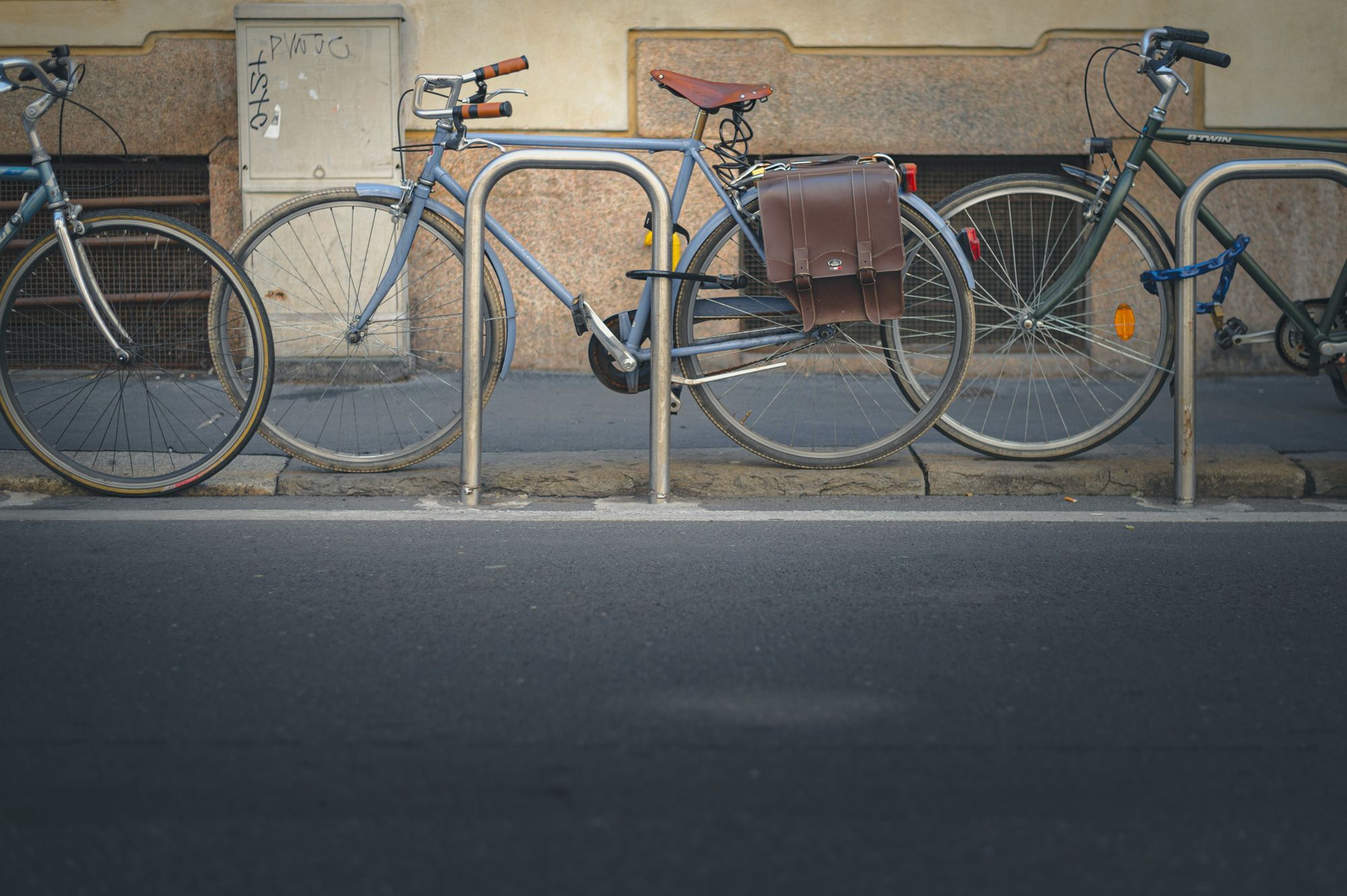
Using one D-lock and a cable
If you're quite happy with one lock, and you don't want to be carrying a second lock around, you can upgrade your D-lock with a simple cable.
A steel cable means you can secure your frame with a D lock like usual. But by adding the cable through the lock, you can secure your front and rear wheel too.
This is a great option if your bike is bigger and you need some extra length too.
Using two D-locks
Using two D-locks you're not leaving anything to chance. Kudos!
To maximise your bike security with two locks you should follow the advice for 1 lock, locking the bike frame and rear wheel to an immovable object. With the second lock you should lock the front wheel and frame to the solid object.
This method is considered one of the best ways to lock a bike because it secures all critical parts of your bike against bolt cutter attacks.
Using a chain lock
A chain lock is both versatile and secure. The flexibility of a chain lock makes it less awkward to carry than a D lock. Heavy chain models are excellent for use in high-risk areas and offer a strong deterrent against bike theft. They are ideal for securing to a bike rack or a bike stand, providing robust protection for your bike at home or on the go.
You will benefit from added manoeuvrability though. Especially if you're locking your bike in a more awkward position.
Paired with a D lock this is as good of a locking system you'll get. With two different locks your thief will need two different ways to break a lock.
Using a cable lock
Using a cable lock is a risky move. They're often not very strong and easily broken by a bike thief. The best way to lock a bike is a compact D-lock and a cable.
If you've got nothing else, a cable lock will give you a basic level of security. Again, you should aim to get as much of your bike in the lock as possible.
Also think about twisting the locking mechanism so that it's in an awkward position. In-between the rear wheel and the frame for example. This will make it much harder to break.
It’s critical to be aware of the limitations of sold secure silver locks, which might not offer the needed protection against determined thieves, especially in high-risk areas.
How to lock your bike at home
Locking your bike at home requires thoughtful consideration about placement and security measures.
Installing a ground anchor in your garage or an outbuilding provides a solid attachment point, which is vital for bike security. This measure is particularly advisable if your bike is equipped with quick release wheels, as it helps prevent opportunistic thefts by making release wheels more challenging to access.
Combine the above with a solid lock and you’ll have a super sturdy bit of kit, but will require some DIY skills too.
How about secure bike parking?
If you're over carrying a lock altogether, you might just decide to find some secure bike parking when you're out and about.
A quick Google search and you'll find a range of options from bike shops that will simply look after your bike for the day to purposefully built secure bike boxes.
It's a great idea for bicycle security, especially if you don't have a lock with you. It's also great to see more infrastructure supporting people cycling in cities. Winner winner.
Where to lock your bike
Locking your bike is one thing. But where to park your bike is a whole other topic. If you're looking for the best way to lock a bike, you'll need to make sure you're parking it in the right place. Let's take a look at a few bike parking options:
How to lock your bike on the street
When locking a bike on the street, it's crucial to employ a locking strategy that maximises security:
- Choose a secure anchor: Always lock your bike to a solid, immovable object, such as a bike rack, which can't be cut or removed. Ensure it’s something sturdy like a metal post or a bike stand.
- Vary your parking spots: Try not to lock your bike in the same place consistently, especially if it's outside a predictable location like your office. Changing your routine can reduce the risk of bike theft.
- Select well-lit, high-traffic areas: Choose areas that are well-lit and frequented by people. The presence of CCTV is a plus as it adds an extra layer of security.
- Park among more expensive bikes: When possible, lock your bike near bikes that appear more valuable. Thieves are more likely to target higher-value bikes, potentially overlooking yours.
- Be strategic in busy areas: Use your environment to make stealing your bike as inconvenient as possible for thieves. Position your bike where it is difficult for a thief to use tools like bolt cutters discreetly.
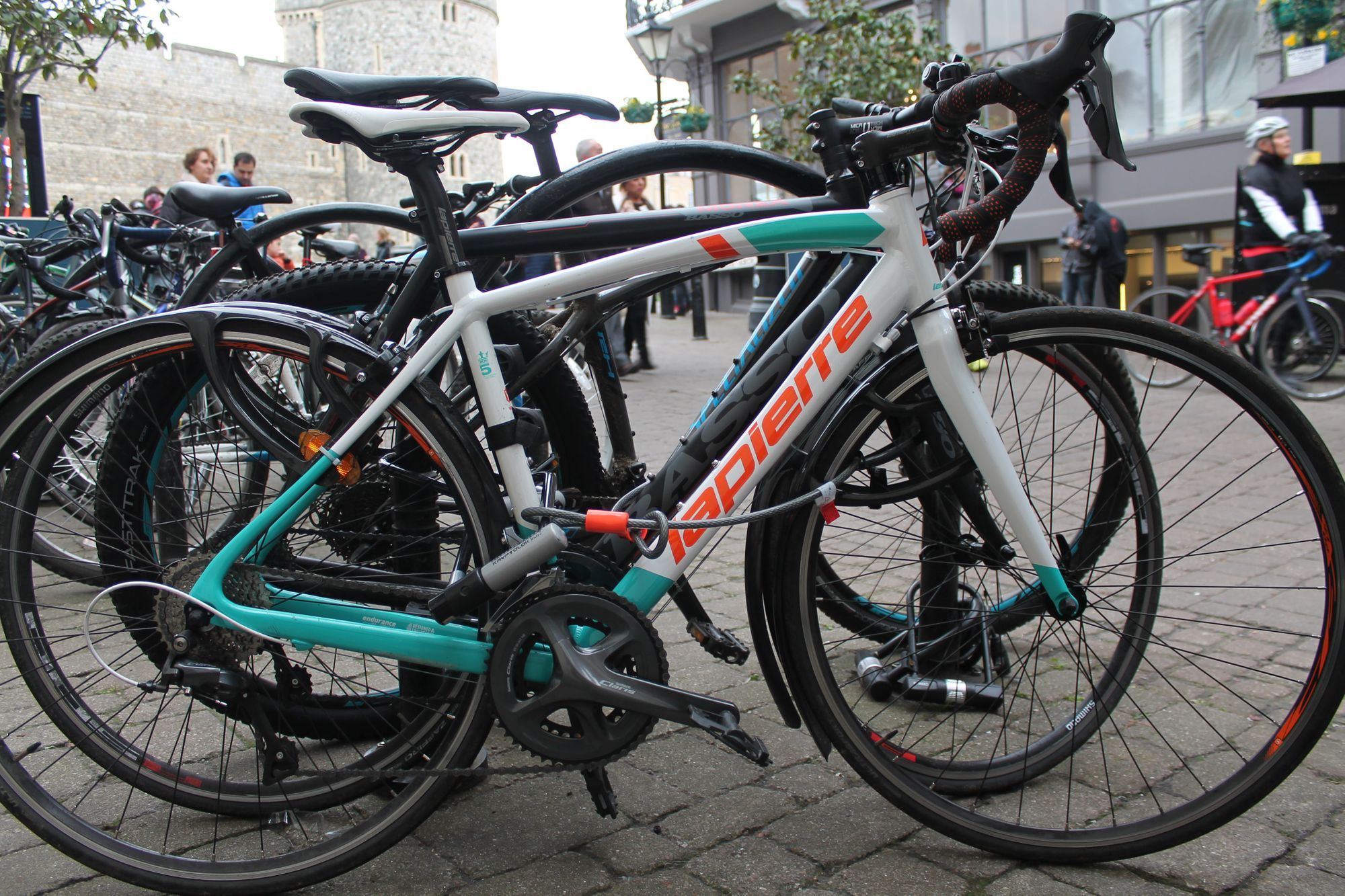
Storing your bike at home
Your bike spends the majority of its time at home. Unfortunately, a report from Clean Cities found that 50 bikes are stolen every day from London alone.
Our top tip for keeping your bike at home is to keep it hidden if possible. Whether you cover it with a sheet or a special bike cover is your choice, but doing so will keep it out of view from thieves.
Home security is a huge topic on its own. So we created a full guide on the best ways to increase bike security at home. Including tips on CCTV, hiding online data and more.
Storing your bike in a garden shed or garage
Keeping your bike in a shed, garage, or outbuilding is similar to keeping it within your home. Here are some key steps to enhance your bike security:
- Keep it hidden and locked: Always keep your bike out of sight and securely locked. Installing a ground anchor can offer a fixed point to lock your bike, providing an extra layer of security.
- Link multiple bikes: If you own more than one bike, consider locking them together. Using a heavy chain or a proper lock makes it more challenging for thieves to steal them.
- Reinforce entry points: For garages, improve security by reinforcing the door and ensuring it has a robust lock. Consider upgrading to a lock with a Sold secure rating for maximum protection.
- Ensure structural integrity: If you're using a shed, check that it’s sturdy enough to deter thieves. Look for weak points that could be potential targets.
- Consider specialised bike storage solutions: Investigate purpose-built bike storage sheds. These often come with integrated, reinforced locks and are designed to offer both convenience and security.
Check out our guide on improving bike shed security if you want to learn more.
How to lock your bike at work
Locking your bike properly at your workplace depends significantly on the available facilities.
It's always good practice to use a lock, even if the bike racks are partially secured.
If it's just your colleagues using the bike racks, you might be comfortable not using a lock at all.If you're in London you can check out the best cycle parking on the TFL network. Options range from super secure to somewhat secure, with a huge range of parking options.
Do I need bicycle insurance?
Of course we couldn't wait to mention bike insurance here. Insurance cover for bicycle theft is a huge part of what we do.
For extra peace of mind, when locking your bike in a busy street, or storing your bike in your garden shed, check out our specialist bicycle insurance.
Our claims team are used to dealing with theft claims every day. Our only requirement is that you use a Sold Secure Gold rated lock or better when out of the home.

